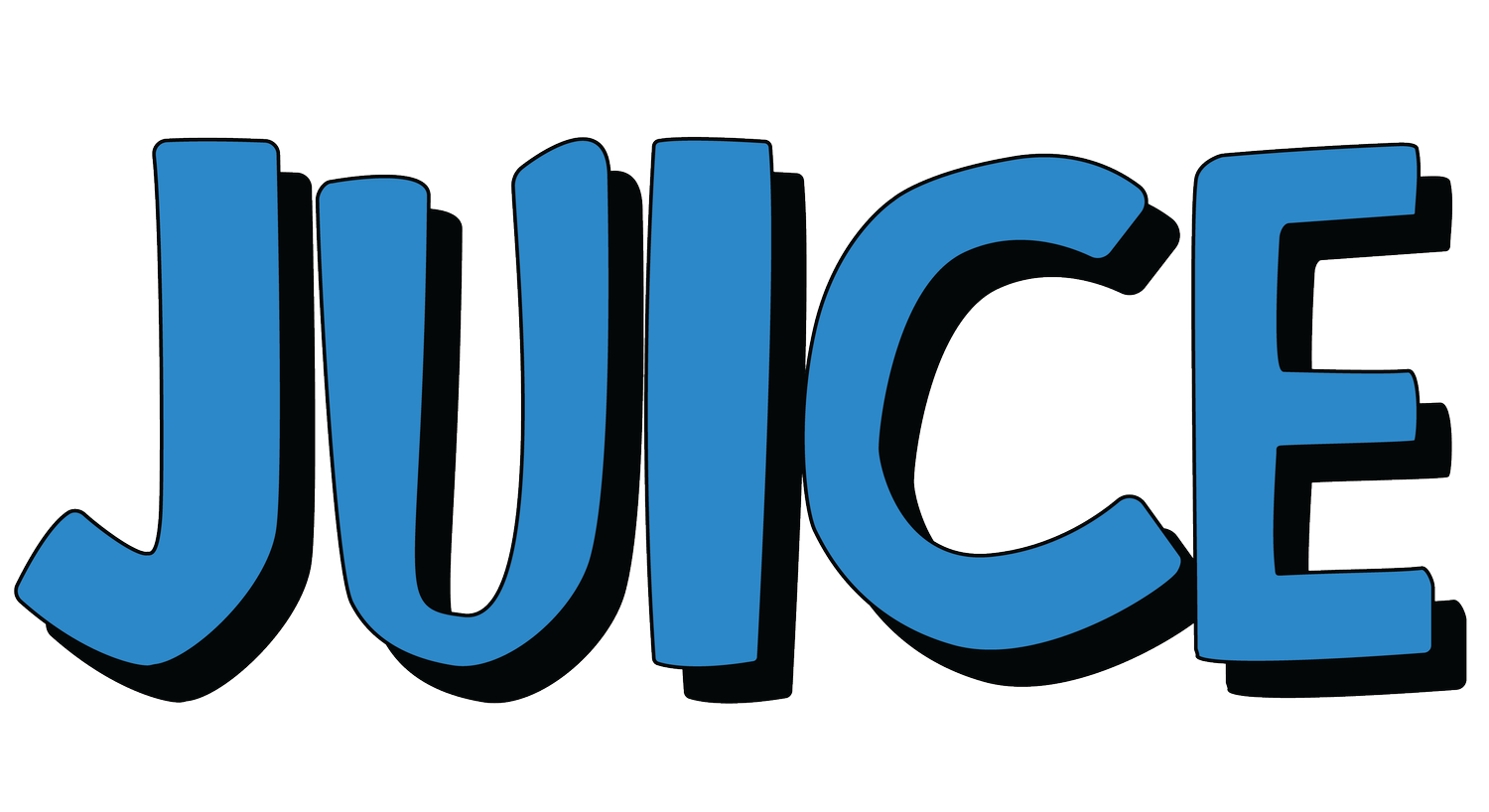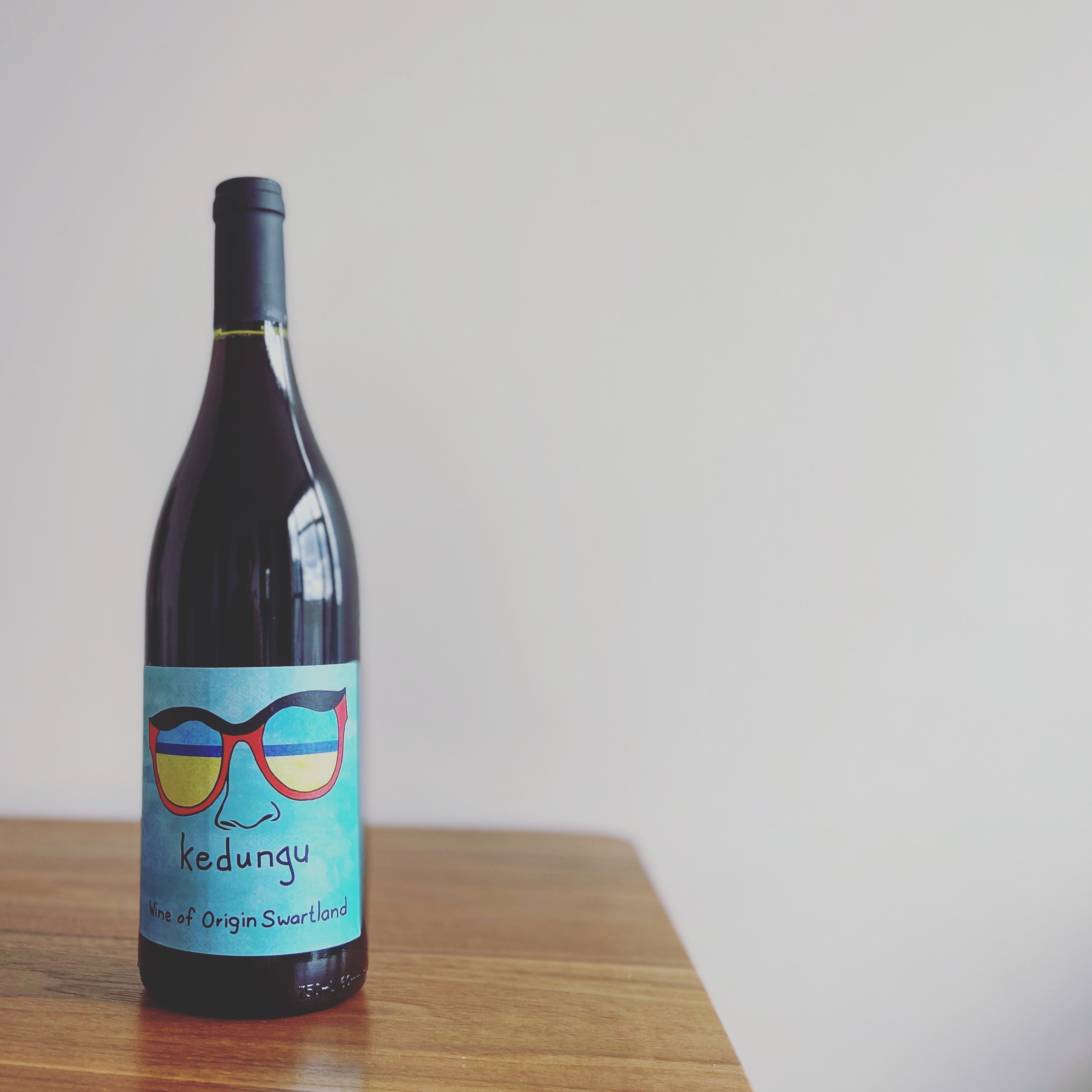INTELLEGO PAST WINES
2020 KEDUNGU
Jurgen’s entry-level blend is a combination of Syrah, Cinsault, and Mourvèdre planted between 1988 and 2001. Soils are quite diverse ranging from quartz rich clay to ferricrete. Fermentation was semi-carbonic for eight days before being pressed off into neutral 500l barrels. After élevage the wine rests in stainless steel before bottling.
2020 CHENIN BLANC
This wine is a blend of two dry-farmed sites, one planted in 1980 on decomposed granite, and the second planted in 2002 on Oakleaf gravel. The two plots ripen three weeks apart, complimenting each other wonderfully. They were each whole-cluster pressed into neutral 228 and 500l barrels. After ten months of élevage the wine is racked and bottled. 11.5% ABV
2021 PINK MOUSTACHE
This light red is made from Syrah (38%), Cinsault (48%), and Mourvèdre (19%) planted in the Swartland. The Cinsault sees drip irrigation, but the Syrah is dry farmed. Soils range from Oakleaf gravel to Ferricrete, and Shale. The Cinsault undergoes whole cluster fermentation for four days while the other two varieties are direct pressed. The wine is then racked into stainless steel for an additional six weeks before bottling.
2021 THE STORY OF HARRY
This cuvée comes from a site planted in 2002 on decomposed granite and shale. One-third of the grapes were fermented on skins for about a week while the rest were direct pressed into stainless steel tank. It is made from a combination of Chenin Blanc (74%) and Chardonnay (26%).
2020 ELEMENTIS
This cuvée comes from a site planted in 1988 on Oakleaf Gravel. The Chenin Blanc old bush vines are dry farmed, withstanding the Swartland sun. The grapes are destemmed into tank and fermented on skins for 13 days before being pressed off into neutral puncheon for a ten month élevage.
2020 THE SLEEPING CO-PILOT
Viognier vines planted in 2003 on Oakleaf and Glensora are the inspiration for this wine. Unlike many of the vineyards Jurgen works with, this one is judiciously irrigated and the vines are trellised. Whole clusters were fermented in open-top tank for two weeks before the wine is pressed off into neutral 300 & 500L barrels. After ten months, the wine is bottled.
2020 THE STORY OF HARRY
This cuvée comes from a site planted in 2002 on decomposed granite and shale. One third of the grapes were fermented on skins for about a week while the rest were direct pressed into stainless steel tank. It is made from a combination of Chenin Blanc (90%) and Chardonnay (10%).
2019 KEDUNGU
Jurgen’s entry-level blend is a combination of Syrah (46%), Cinsault (41%), and Mourvèdre (13%) planted between 1988 and 2001. Soils are quite diverse ranging from quartz rich clay to ferricrete. Fermentation was semi-carbonic for eight days before being pressed off into neutral 500l barrels. After élevage the wine rests in stainless steel before bottling.
2019 CHENIN BLANC
This wine is a blend of two dry-farmed sites, one planted in 1980 on decomposed granite, and the second planted in 2002 on Oakleaf gravel. The two plots ripen three weeks apart, complimenting each other wonderfully. They were each whole-cluster pressed into neutral 228 and 500l barrels. After ten months of élevage the wine is racked and bottled. 12.5% ABV
2019 PINK MOUSTACHE
This light red is made from Syrah and Cinsault planted in the Swartland. The Cinsault sees drip irrigation but the Syrah is dry farmed. Soils range from Oakleaf gravel to Ferricrete, and Shale. Minimal extraction is the goal so after three days on skins the wine is pressed off into neutral barrel for the rest of fermentation and élevage. The wine is then racked into stainless steel for an additional six weeks before bottling.
2019 HALAGASHA PINOTAGE
This wine comes from dry-farmed Pinotage vines planted in 2000 on decomposed granite in the Swartland. The grapes were fermented as whole-bunches for eight days before being pressed off into neutral 225L barrels for a five month élevage. The wine is then racked and blended in stainless steel where it comes together for a further month before bottling. Halagasha is the Xhosa term used to celebrate a soccer goal - Pinotage in itself is a celebration of something uniquely South African.
2018 KEDUNGU
Jurgen’s entry-level blend is a combination of Syrah (46%), Cinsault (41%), and Mourvèdre (13%) planted between 1988 and 2001. Soils are quite diverse ranging from quartz rich clay to ferricrete. Fermentation was semi-carbonic for eight days before being pressed off into neutral 500l barrels. After élevage the wine rests in stainless steel before bottling.
2019 ELEMENTIS
This micro-cuvée is made from Chenin Blanc fermented on the skins for two weeks. The 0.6ha site was planted in 1980 and is dry farmed. Soils here consist of oakleaf and a sandy top layer. After a period of time in barrel the wine is bottled with minimal Sulphur, no fining, and no filtration. 11% ABV
2018 CHENIN BLANC
This wine is a blend of two dry-farmed sites, one planted in 1980 on decomposed granite, and the second planted in 2002 on Oakleaf gravel. The two plots ripen three weeks apart, complimenting each other wonderfully. They were each whole-cluster pressed into neutral 228 and 500l barrels. After ten months of élevage the wine is racked and bottled.
2018 SYRAH
After working in Cote-Rotie, Jurgen fell in love with Syrah. This was the first cuvée made under his own label and has become their flagship. The fruit comes from vines planted in 2001 on quartz rich clay, and a new site planted on granite in 2003. Water retention is absolutely crucial with drought conditions persisting in South Africa, which makes clay an ideal soil for grapes. Fermentation was done whole-cluster followed by élevage in neutral barrel. 12% ABV
2017 kedungu
Jurgen’s entry-level blend is a combination of Syrah (66%), Cinsault (26%), and Mourvèdre (8%) planted between 1988 and 2001. Soils are quite diverse ranging from quartz rich clay to ferricrete. Fermentation was semi-carbonic for eight days before being pressed off into neutral 500l barrels. After élevage the wine rests in stainless steel before bottling.
2017 syrah
After working in Cote-Rotie, Jurgen fell in love with Syrah. This was the first cuvée made under his own label and has become their flagship. The fruit comes from vines planted in 2001 on quartz rich clay. Water retention is absolutely crucial with drought conditions persisting in South Africa, which makes clay an ideal soil for grapes. Fermentation was done whole-cluster followed by élevage in neutral barrel.
2017 KOLBROEK
This cuvée comes from two parcels of Syrah planted on Malmesbury Shale and Oakleaf Gravel. Jurgen believes these two soil types complement each other wonderfully. This vintage he began playing around with semi-carbonic maceration which adds lifted aromatics. After ten days on skins the wine is pressed off into neutral 500l barrel for ten months.

















